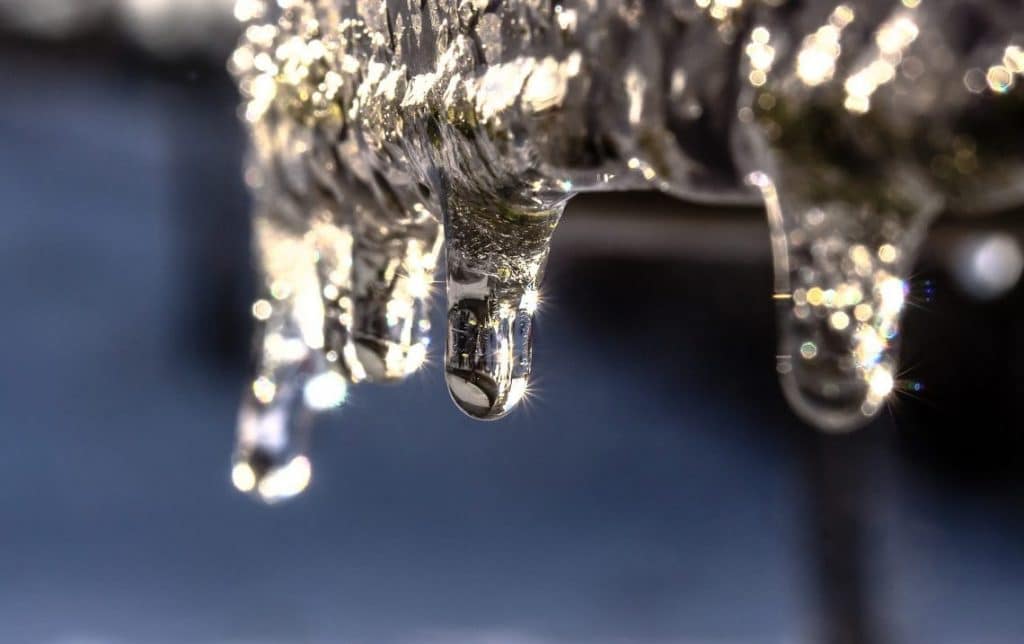Preventing Frozen Plumbing in Winter: Key Strategies
Preventing Frozen Plumbing in Winter: Key Strategies
Blog Article
How do you actually feel in relation to How To Avoid Freezing Pipes?

Cold weather can damage your pipes, especially by freezing pipes. Right here's just how to avoid it from taking place and what to do if it does.
Intro
As temperatures decline, the threat of frozen pipes rises, potentially resulting in costly repair work and water damage. Understanding just how to stop frozen pipelines is crucial for property owners in cold climates.
Prevention Tips
Shielding prone pipes
Cover pipelines in insulation sleeves or utilize heat tape to secure them from freezing temperatures. Focus on pipes in unheated or external areas of the home.
Home heating strategies
Keep interior areas appropriately heated, particularly areas with pipes. Open closet doors to enable warm air to distribute around pipelines under sinks.
How to determine icy pipes
Search for reduced water flow from taps, uncommon odors or noises from pipelines, and noticeable frost on exposed pipes.
Long-Term Solutions
Structural changes
Consider rerouting pipes away from exterior wall surfaces or unheated locations. Include extra insulation to attics, cellars, and crawl spaces.
Upgrading insulation
Purchase top quality insulation for pipelines, attic rooms, and wall surfaces. Appropriate insulation helps keep regular temperature levels and reduces the risk of icy pipelines.
Securing Outdoor Pipes
Yard pipes and outdoor taps
Disconnect and drain yard hose pipes prior to winter season. Mount frost-proof spigots or cover outside taps with insulated caps.
Comprehending Icy Pipes
What causes pipelines to freeze?
Pipes ice up when exposed to temperatures listed below 32 ° F (0 ° C) for expanded durations. As water inside the pipes ices up, it increases, putting pressure on the pipe wall surfaces and potentially causing them to break.
Dangers and damages
Icy pipelines can lead to water supply interruptions, home damages, and expensive fixings. Ruptured pipes can flood homes and create extensive architectural damage.
Indications of Frozen Piping
Recognizing frozen pipes early can prevent them from breaking.
What to Do If Your Pipelines Freeze
Immediate actions to take
If you suspect icy pipes, maintain taps available to alleviate pressure as the ice thaws. Utilize a hairdryer or towels soaked in warm water to thaw pipes gradually.
Final thought
Stopping frozen pipelines needs proactive actions and quick actions. By recognizing the reasons, signs, and preventive measures, homeowners can secure their pipes during winter.
5 Ways to Prevent Frozen Pipes
Drain Outdoor Faucets and Disconnect Hoses
First, close the shut-off valve that controls the flow of water in the pipe to your outdoor faucet. Then, head outside to disconnect and drain your hose and open the outdoor faucet to allow the water to completely drain out of the line. Turn off the faucet when done. Finally, head back to the shut-off valve and drain the remaining water inside the pipe into a bucket or container. Additionally, if you have a home irrigation system, you should consider hiring an expert to clear the system of water each year.
Insulate Pipes
One of the best and most cost-effective methods for preventing frozen water pipes is to wrap your pipes with insulation. This is especially important for areas in your home that aren’t exposed to heat, such as an attic. We suggest using foam sleeves, which can typically be found at your local hardware store.
Keep Heat Running at 65
Your pipes are located inside your walls, and the temperature there is much colder than the rest of the house. To prevent your pipes from freezing, The Insurance Information Institute suggests that you keep your home heated to at least 65 degrees, even when traveling. You may want to invest in smart devices that can keep an eye on the temperature in your home while you’re away.
Leave Water Dripping
Moving water — even a small trickle — can prevent ice from forming inside your pipes. When freezing temps are imminent, start a drip of water from all faucets that serve exposed pipes. Leaving a few faucets running will also help relieve pressure inside the pipes and help prevent a rupture if the water inside freezes.
Open Cupboard Doors
Warm your kitchen and bathroom pipes by opening cupboards and vanities. You should also leave your interior doors ajar to help warm air circulate evenly throughout your home.

Hopefully you liked our section on Winter Plumbing Precautions: Preventing Frozen Pipes. Thanks a ton for taking a few minutes to read our piece. In case you enjoyed reading our blog entry please be sure to share it. Kudos for your time. Return soon.
Call Us Now Report this page